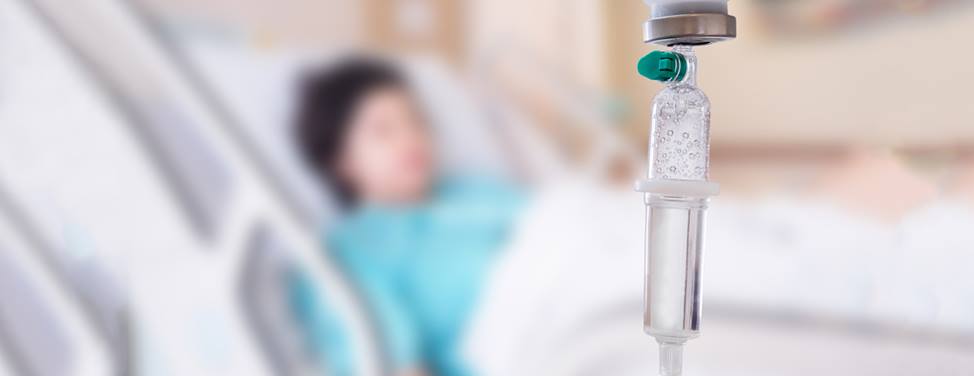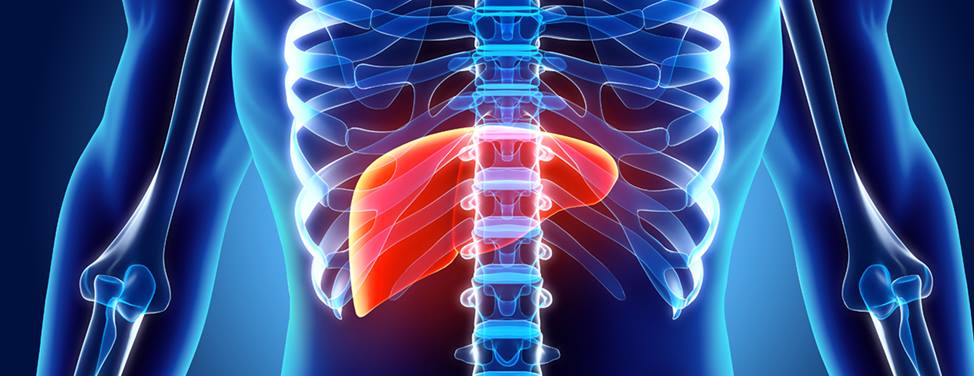
FAQ: Getting a Liver Transplant
- Who gets priority for a liver transplant?
- Is there a way to expedite a transplant?
- What's an "ideal liver"?
- What's a non-ideal liver?
- How do I decide between taking a non-ideal liver now and waiting for an ideal liver?
- How do I opt into the High Risk Liver Transplantation Program?
Who gets priority for a liver transplant?
Throughout the United States, patients waiting for liver transplants are prioritized based on the severity of their illness, as measured by what's called the Model for End-Stage Liver Disease (MELD) score. The score uses blood tests to determine how urgently you need a liver transplant within the next three months. The sicker you are, the higher your MELD score; scores range from six (less ill) to 40 (critically ill).
In the Bay Area, there are many more people who need liver transplants than there are donors. Because the waiting list is so long, you must have a very high MELD score to get a transplant at UCSF or other local transplant centers. Most patients are quite sick by the time they receive a transplant, and some will die before they can get one. Some patients grow worse suddenly, and become too sick to receive a transplant.
Is there a way to expedite a transplant?
Yes. One option is to go to a transplant center in an area of the country where the waiting list is shorter and patients get transplants with MELD scores that are much lower than what's needed in the Bay Area. If you're interested in this option, ask your insurance company for referrals to such centers or search the United Network for Organ Sharing Web site.
Another option is to receive a piece of liver from a living donor, called a living donor transplant. Living donor transplants carry risks for both the donor and the recipient, and not everyone is a candidate. If you'd like to know more about living donor transplants, ask your hepatologist or liver specialist, your surgeon or your transplant coordinator.
A third option is to take part in our High Risk Liver Transplantation Program. In this program, patients agree to be contacted when a liver that's considered "non-ideal" becomes available. Many transplants using non-ideal livers are successful, but these livers may carry a higher risk of not working well, or of transmitting an infection or cancer. We may offer you a non-ideal liver if we feel your risk of dying while waiting for a transplant is greater than the risk of receiving the non-ideal liver.
An ideal liver comes from a healthy young person who has died. Ideal livers are more likely to work well and less likely to transmit cancer or infection. In the United States, roughly a third of all liver transplants come from ideal donors. This means it's impossible for every patient to get an ideal liver.
It's important to note that it's possible to get an infection or cancer even from an ideal liver. The risk if low – probably less than one in 100 – but it's not zero. It's impossible to test donors for every type of infection or cancer, tests may not detect a problem and we may not know that the donor practiced behaviors, such as IV drug use, which would make the liver more risky. These are risks that every transplant recipient takes.
Many non-ideal livers will work fine and carry only a small risk of transmitting an infection or cancer, just like an ideal liver. Other non-ideal livers carry higher risks. If your medical team believes your risk of dying while waiting for a transplant is greater than the risk from a non-ideal liver, they may offer you the non-ideal liver.
Non-ideal livers from the following kinds of donors carry a higher risk of transmitting infection or cancer:
- A donor who was infected with hepatitis B. These livers work well but recipients need to take, for the rest of their lives, a medication that prevents them from developing hepatitis B. This medication prevents infection in more than 90 percent of cases.
- A donor who was infected with hepatitis C. We don't use livers from these donors unless the recipient already has hepatitis C of a particular kind, called genotype I, and only when the liver isn't scarred from the hepatitis infection. In these cases, the results appear to be as good as if the patients had received a liver from a donor without hepatitis C.
- A donor who had cancer. We sometimes use livers from donors who had a history of cancer, but only when we believe the risk of transmitting cancer is low, based on the type of cancer and the stage. When you're called for an organ offer, the surgeon will discuss the cancer risk with you.
- A donor who was in prison, used IV drugs or had sex with a high-risk partner within the past year. These donors may have a higher risk of transmitting HIV, hepatitis C or hepatitis B. We test for these viruses, but if the patient has recently become infected the test may not detect them. We believe the risk of infection from these livers is quite low and for some patients, it's probably below the risk of dying while waiting for a transplant.
We don't use organs from donors who test positive for HIV.
The following kinds of livers aren't more likely to transmit an infection or cancer, but they carry a higher risk of not working well:
- A split liver or a partial liver transplant. Livers from young donors may be split into two pieces that are transplanted into two recipients. Getting a piece of a liver rather than a whole one may increase the risk of bleeding, problems with the bile duct and problems with the liver not working well.
- Livers from older donors. Livers that come from donors age 55 and over appear not to work as well in patients with hepatitis C as livers from younger donors. In patients without hepatitis C, however, they appear to work just as well.
- Livers donated after cardiac death. Most organ donation occurs after brain death, meaning the donor has been declared brain dead but all organs, including the heart, continue to work. When a liver's taken after the heart has stopped beating – called donation after cardiac death – there seem to be increased risks. The liver may not work as well, and the recipient may need an emergency second transplant. There also appears to be a higher rate of bile duct problems, meaning the recipient may need to have more procedures or the liver may not work well. And the risk of transplant failure appears to be 5 to 7 percent higher.
How do I decide between taking a non-ideal liver now and waiting for an ideal liver?
When a non-ideal liver becomes available we will give you our best estimate of the actual increased risk from that liver. If you don't feel ready to take a higher risk at that time, you can decide to wait for another liver. Doing so will not affect your status on the waiting list.
The risks and benefits of this decision may change over time if your liver gets sicker. Our team is available to help you make the decision that's right for you.
How do I opt into the High Risk Liver Transplantation Program?
Contact UCSF nurse Ana Marie Torres at (415) 353-1888 or (800) 548-3789. She will give you a form to sign, consenting to be contacted about the different kinds of non-ideal livers when they become available. Again, you can refuse a non-ideal liver at any time; doing so will not affect your status on the waiting list.
UCSF Health medical specialists have reviewed this information. It is for educational purposes only and is not intended to replace the advice of your doctor or other health care provider. We encourage you to discuss any questions or concerns you may have with your provider.









